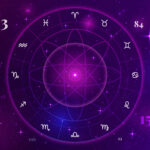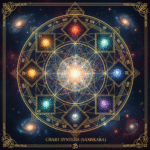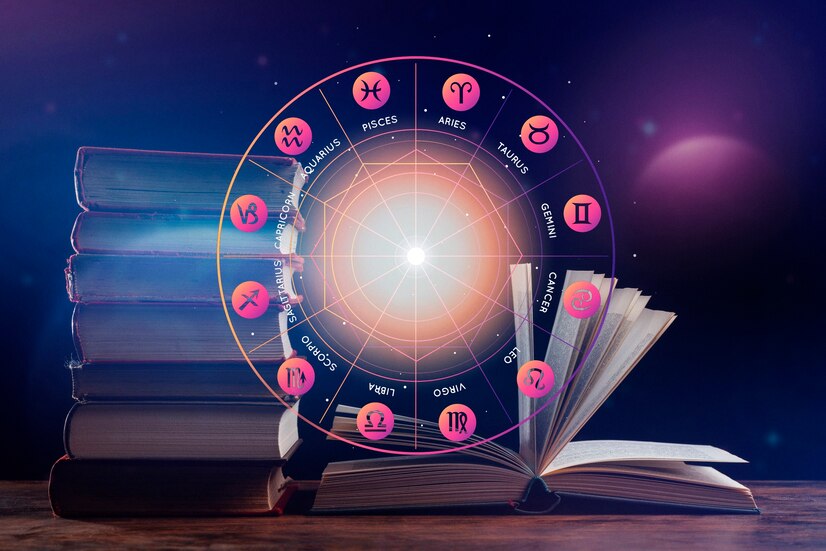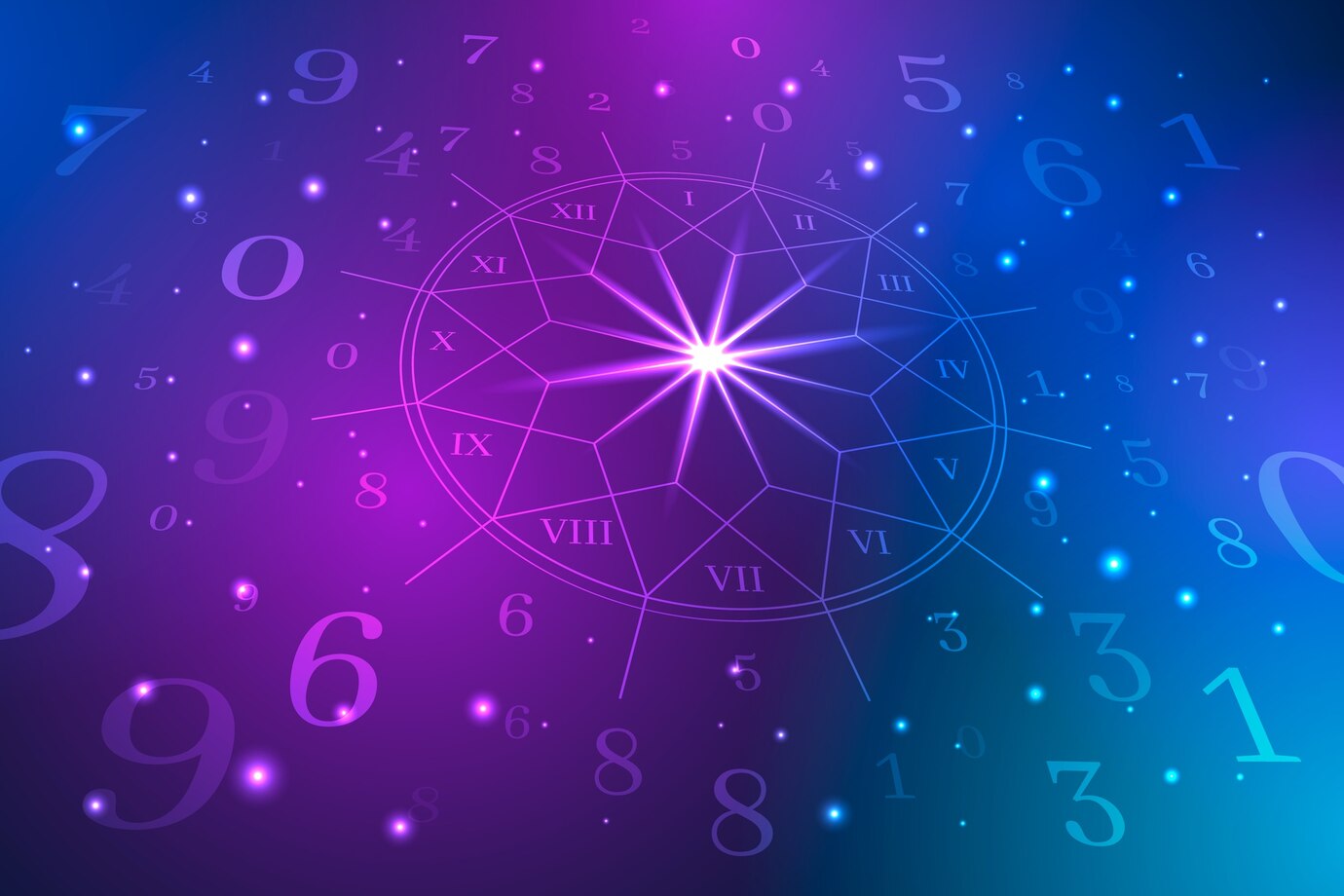When you look at your Vedic Astrology chart, you see 12 houses. You see planets sitting in those houses. It’s easy to assume that a planet anywhere in the 5th house gives the same 5th-house results.
But what if this isn’t true?
What if a planet at the very beginning of the 5th house is actually weak, and a planet in the middle of the 5th house is overwhelmingly powerful? This is the profound, precision-oriented concept of the Bhava Madhya (the House Center).
This isn’t just a minor technicality; it’s a “master key” that explains why some planets in your chart roar like a lion, while others seem to whisper. It’s the difference between a “full” result and an “empty” one.
Welcome to one of the most important and practical concepts in Jyotish, the key to understanding the true strength of your planets.
The House “Room” Analogy: The Core OREO Argument
To understand Bhava Madhya (House Center), you must first understand its opposite: Bhava Sandhi (House Cusp).
Opinion: A planet’s power to deliver the results of its house is not uniform. Its strength is at 100% at the exact middle of the house (the Bhava Madhya) and at 0% at the exact edge of the house (the Bhava Sandhi).
Reason: Let’s use a simple metaphor. Think of each Bhava (House) as a “room.”
- The Bhava Madhya is the center of the room. If you are standing in the center of a room, you are “100% in that room.” You have full access to its space and function.
- The Bhava Sandhi (cusp) is the doorway between two rooms. If you are standing in a doorway, are you in Room 4 or Room 5? You are in neither. You are in a “liminal” or “transitional” state. You have 0% power in either room.
Example: Let’s take Jupiter (the Guru) in the 9th House (Dharma, Luck).
- Jupiter at the Bhava Madhya (Center): This is a 100% powerful Jupiter. The “Guru” is sitting in the “center of the temple.” This person has immense luck, a powerful father, and a deep connection to their Guru and Dharma.
- Jupiter at the Bhava Sandhi (Cusp): This is the exact same Jupiter, but it’s “standing in the doorway” between the 8th house (Crisis) and the 9th (Dharma). This person struggles with their luck. Their “Guru” (Jupiter) feels weak or “in transition.” They may have the “title” of a 9th-house Jupiter but receive none of the “fruit” (phala).
Opinion/Restatement: This is why the house cusps vedic system is so critical. Two people can have “Jupiter in the 9th,” but if one is at the Madhya and one is at the Sandhi, their lives will be completely different. The Bhava Madhya is the “point of power.”
What is Bhava Madhya? (The House Center)
The Bhava Madhya is the “heart” or “peak” of a house. It is the precise middle degree of that house’s span. In most modern Vedic systems (like the common Sripati house system), the 12 houses are not 12 equal 30-degree slices.
The 1st House center (Madhya) is your exact Ascendant degree. The 10th House center is your exact Midheaven (MC) degree. The other house centers are calculated from there.
A planet placed exactly on, or very close to, its Bhava Madhya is said to give 100% of its promised results for that house.
Its Bhava Bala (house strength) is at its maximum. This planet is fully alive, “switched on,” and capable of delivering its full karmic promise, for better or for worse.
- A benefic (like Jupiter or Venus) on the Bhava Madhya is a supreme blessing.
- A malefic (like Saturn or Mars) on the Bhava Madhya is a supremely powerful challenge, or a supremely powerful functional benefic (if it’s a yoga-karaka).
What is Bhava Sandhi? (The House Cusp)
The Bhava Sandhi is the “junction point” (sandhi means junction). It is the precise border where one house ends and the next one begins.
A planet placed exactly on, or very close to, a Bhava Sandhi is said to give 0% (or “near zero”) of the results for either house.
Its Bhava Bala is at its minimum. The planet is considered “lifeless,” “asleep,” or “in a void.”
- It’s in a state of Gandantha (a karmic “knot”) on a micro-level.
- It’s like an employee who is “in between jobs.” He doesn’t work for the old company (the 8th house) or the new company (the 9th house). He is “in transit” and has no power to act.
This is often a source of great frustration. The person has the planet, but it “doesn’t work.” A Venus in Bhava Sandhi between the 6th and 7th houses can create immense struggles in relationships, as the planet of love (Venus) is “in a void” right at the doorway of the house of “marriage” (7th).
The “Gradient” of Power: It’s a Sliding Scale
A planet is rarely exactly at the center or exactly at the cusp. Its power operates on a “sliding scale.”
- At the Bhava Madhya (Center): 100% strength.
- Moving away from the center: Its strength begins to decrease… 80%… 70%…
- Halfway between the center and the cusp: 50% strength.
- As it approaches the Bhava Sandhi (Cusp): Its strength rapidly drops… 25%… 10%…
- At the Bhava Sandhi (Cusp): 0% strength.
This is why a planet at the very beginning of a house (just past the cusp) is still considered very weak. It has just “stepped into the room” from the doorway and has only 10-15% of its power. It has to walk all the way to the center (Madhya) to gain its full strength.
This explains why some planets “wake up” later in life. As dasha (planetary) systems progress, they may more fully activate a planet that was not on the Madhya, allowing its results to finally be felt.
Practical Implications of the House Center vs. Cusp
- A “Strong” Planet Can Give “Weak” Results: You may have an exalted planet (Uchha), giving it high Sthana Bala (dignity strength). But if it is placed in Bhava Sandhi (the cusp), it has zero Bhava Bala (house strength). The “king” (exalted planet) is “asleep in a doorway” and does nothing. This is a common chart paradox.
- A “Weak” Planet Can Give “Powerful” Results: You may have a debilitated planet (Neecha). But if it is placed exactly on the Bhava Madhya of a good house (like the 10th), its “bad” results will be delivered with 100% intensity. This can be a powerful Neecha Bhanga Raja Yoga (Cancellation of Debilitation) if other factors align, or it can be a 100% powerful problem.
- The Real Meaning of Yogas: A powerful Raja Yoga (like a 9th and 10th lord conjunction) is only “royal” if those planets are strong. If that “royal yoga” is happening in a Bhava Sandhi, the “king” is powerless. The promise of the yoga is there, but its results are denied.
Your Point of Power
The concept of Bhava Madhya vs. Bhava Sandhi is the true key to “precision” in astrology. It’s how we move from “you have X in Y house” to “you have X in Y house at 85% strength.”
It teaches us that in our chart, as in life, it’s not just what resources you have (the planet) or where you are (the house). It’s your positioning.
Are you “in the doorway,” hesitant and in transition? Or are you standing in the center of the room, fully present and ready to act? The house center is your point of full power.
Look at your own chart. Do you have any planets right in the “center” of their rooms? Or are some “stuck in the doorway”? Share your insights in the comments below.











